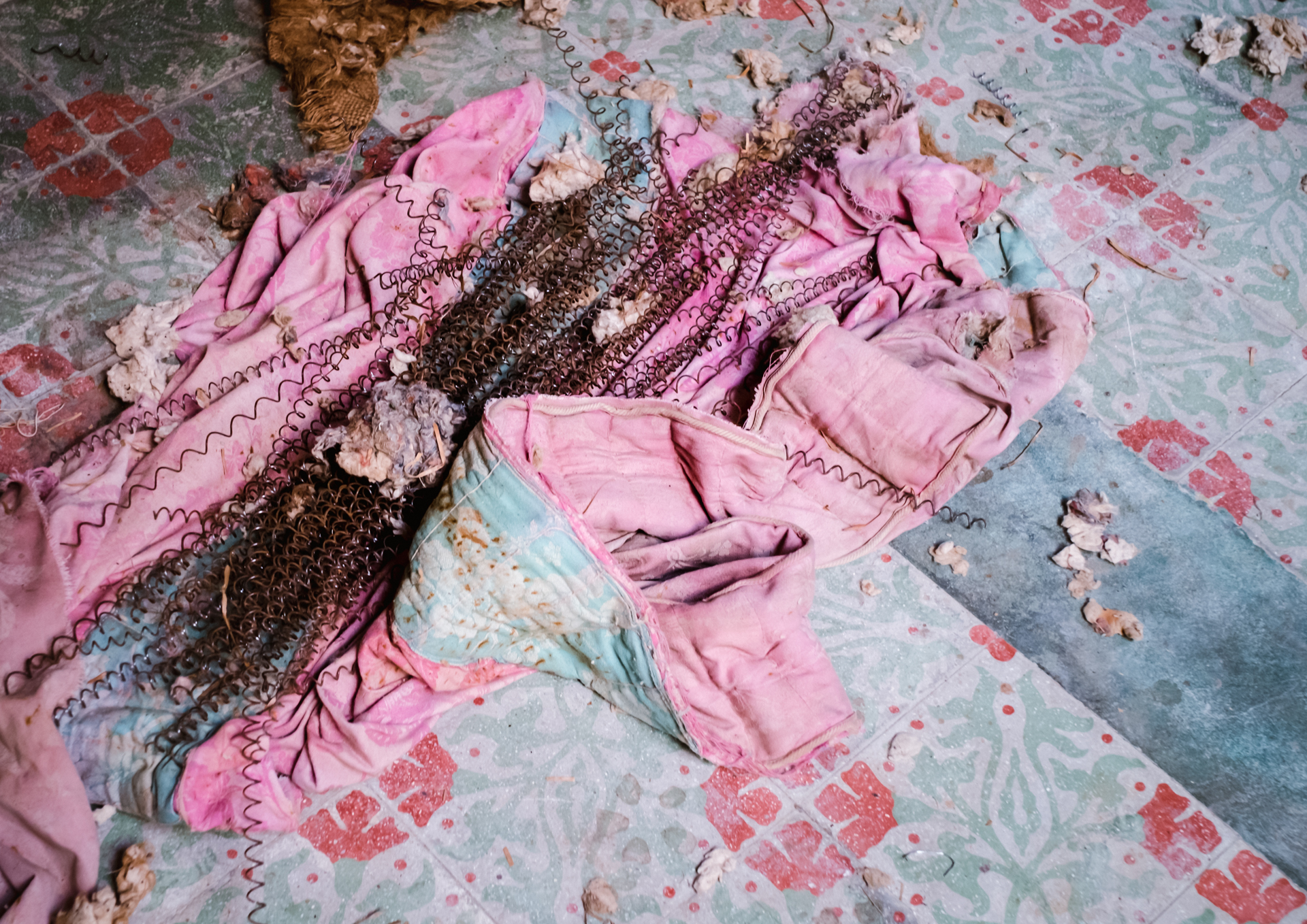Following the 1959 revolution and the 1961 US embargo, Cuban society has had to survive with limited imported goods, particularly from ‘Western’ nations. They became heavily dependent on support from the USSR (1960s-1990s). But following the demise of the Soviet Union in the early 1990s, Cuba entered a ‘Special Period”, where they became increasingly reliant on repair and refurbishment to keep ‘technology’ and the economy going. To address the impact of embargos and the collapse of Soviet support, the Cuban government produced books to help citizens carry out their own repairs. This culture of repair is evident everywhere, in the ‘classic’ cars, repurposed bicycles, and in the many street-side repair businesses and commercial repair shops.
(Images of El Libro de la Familia -© ernesto oroza)


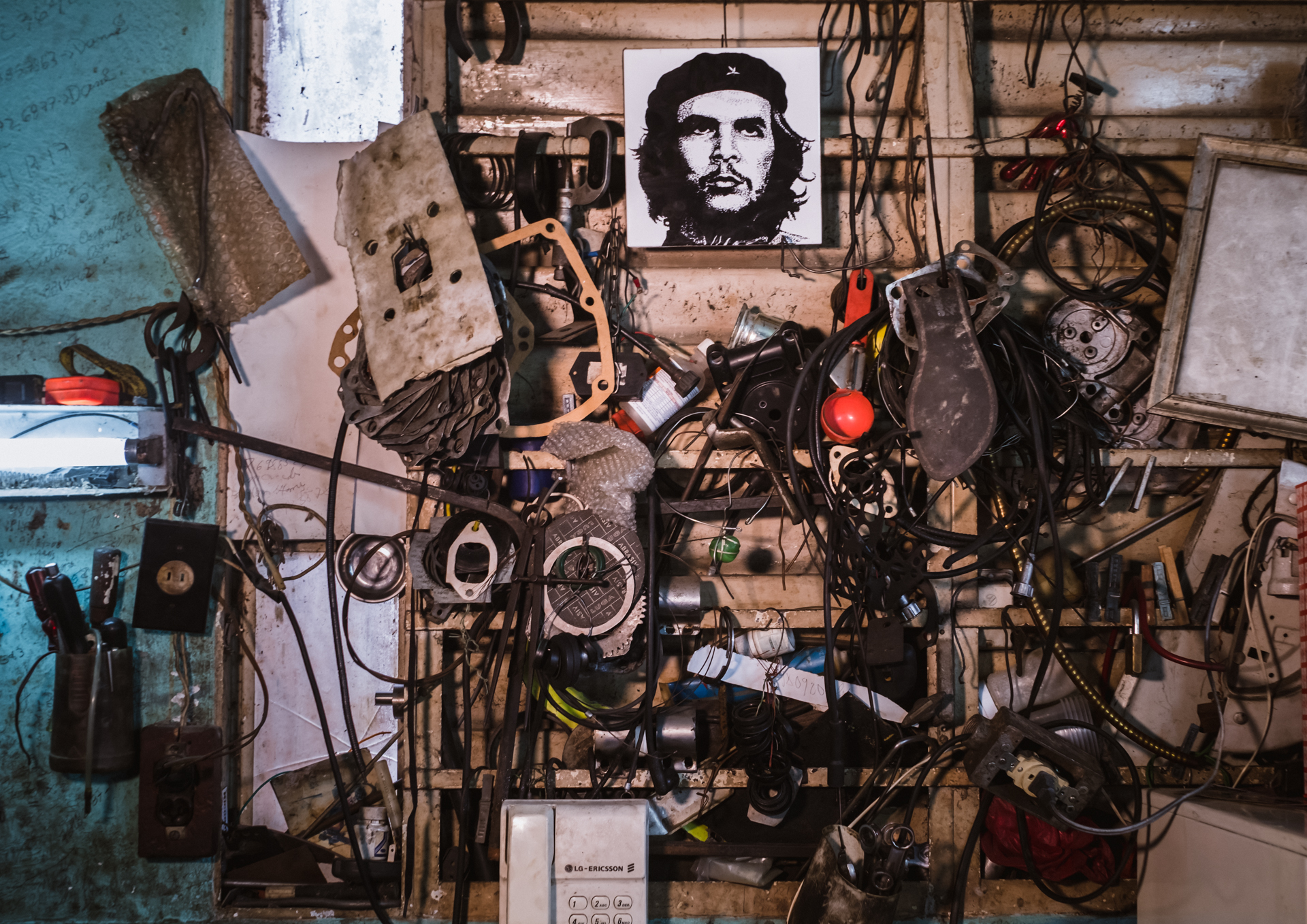
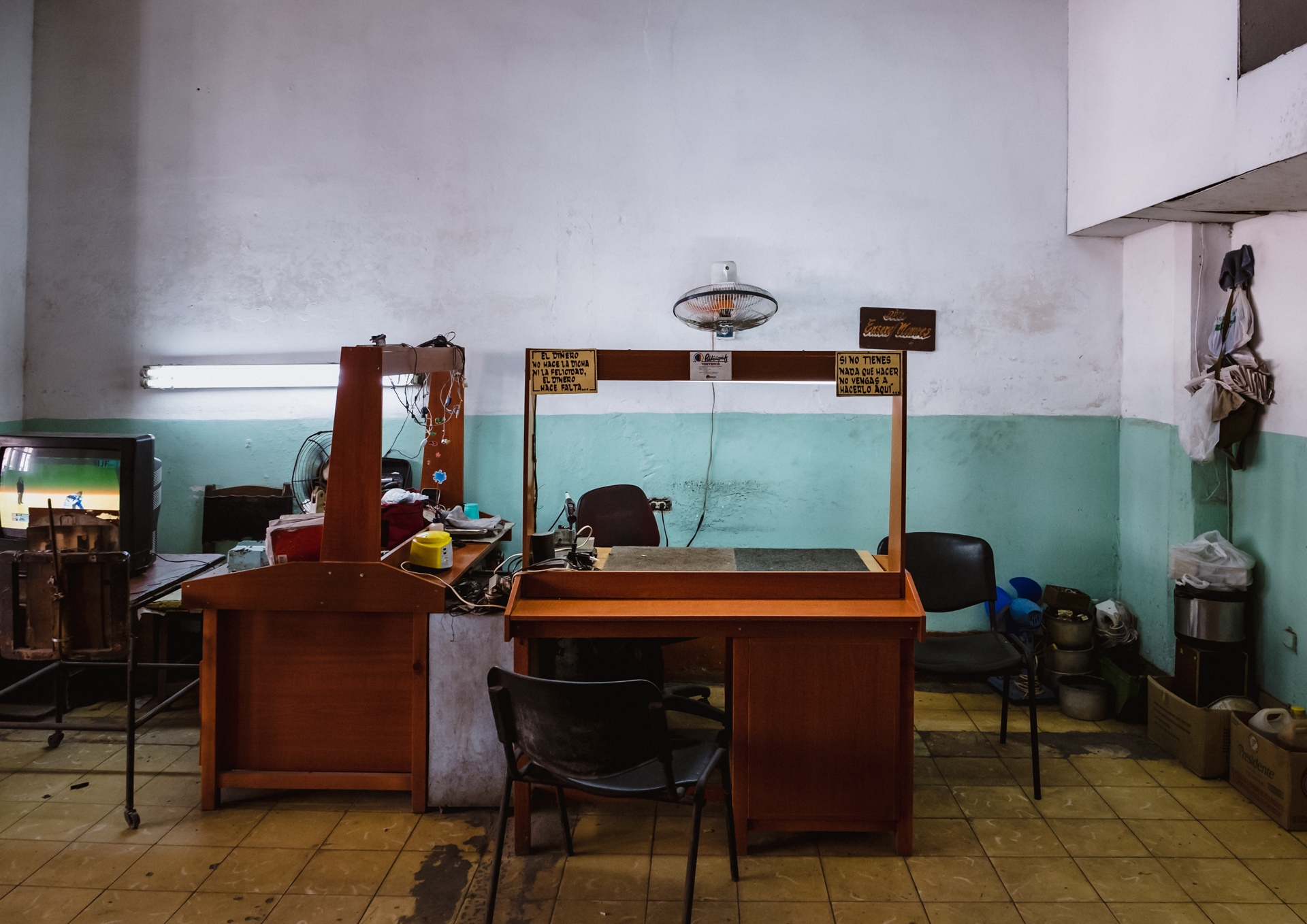
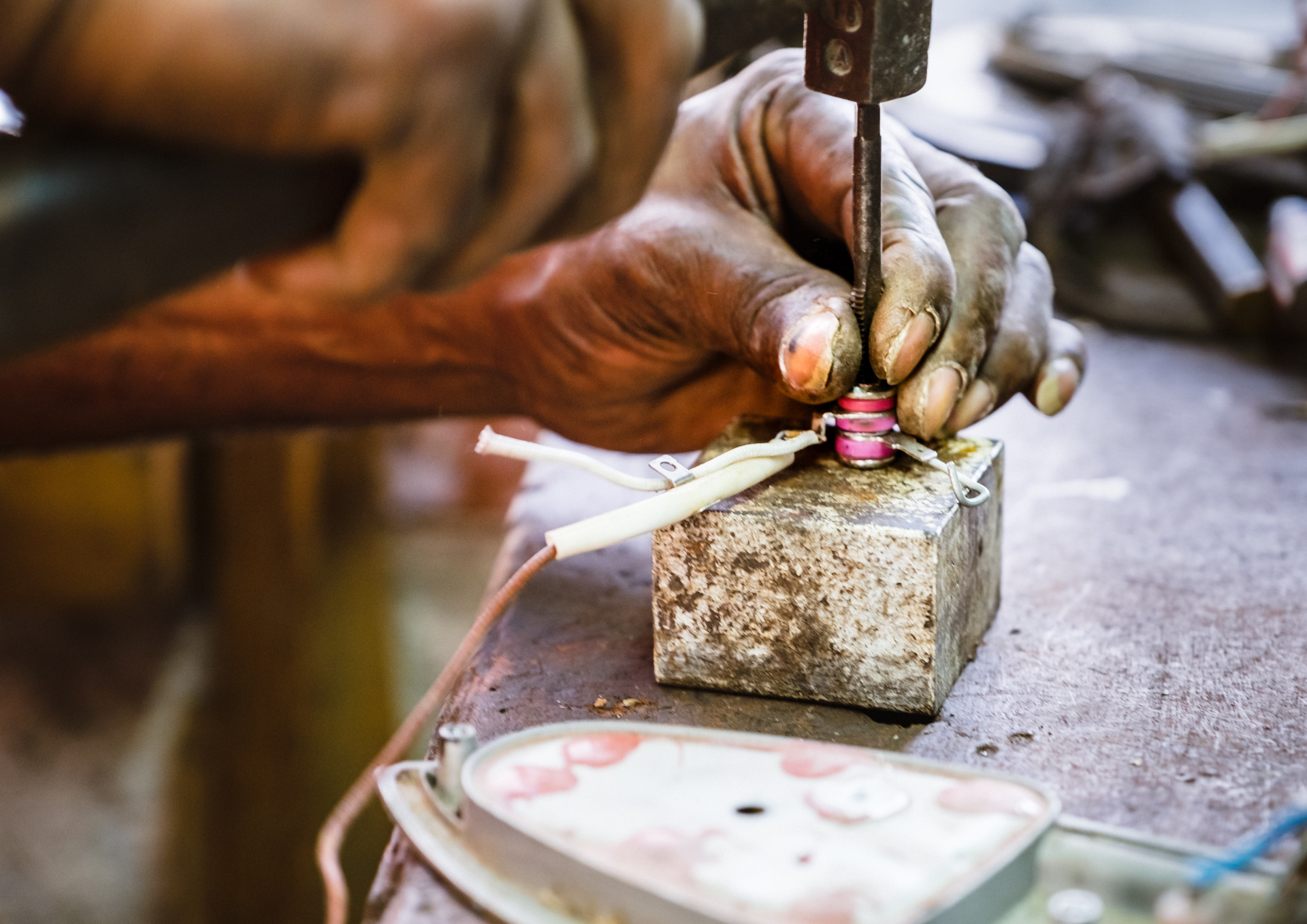
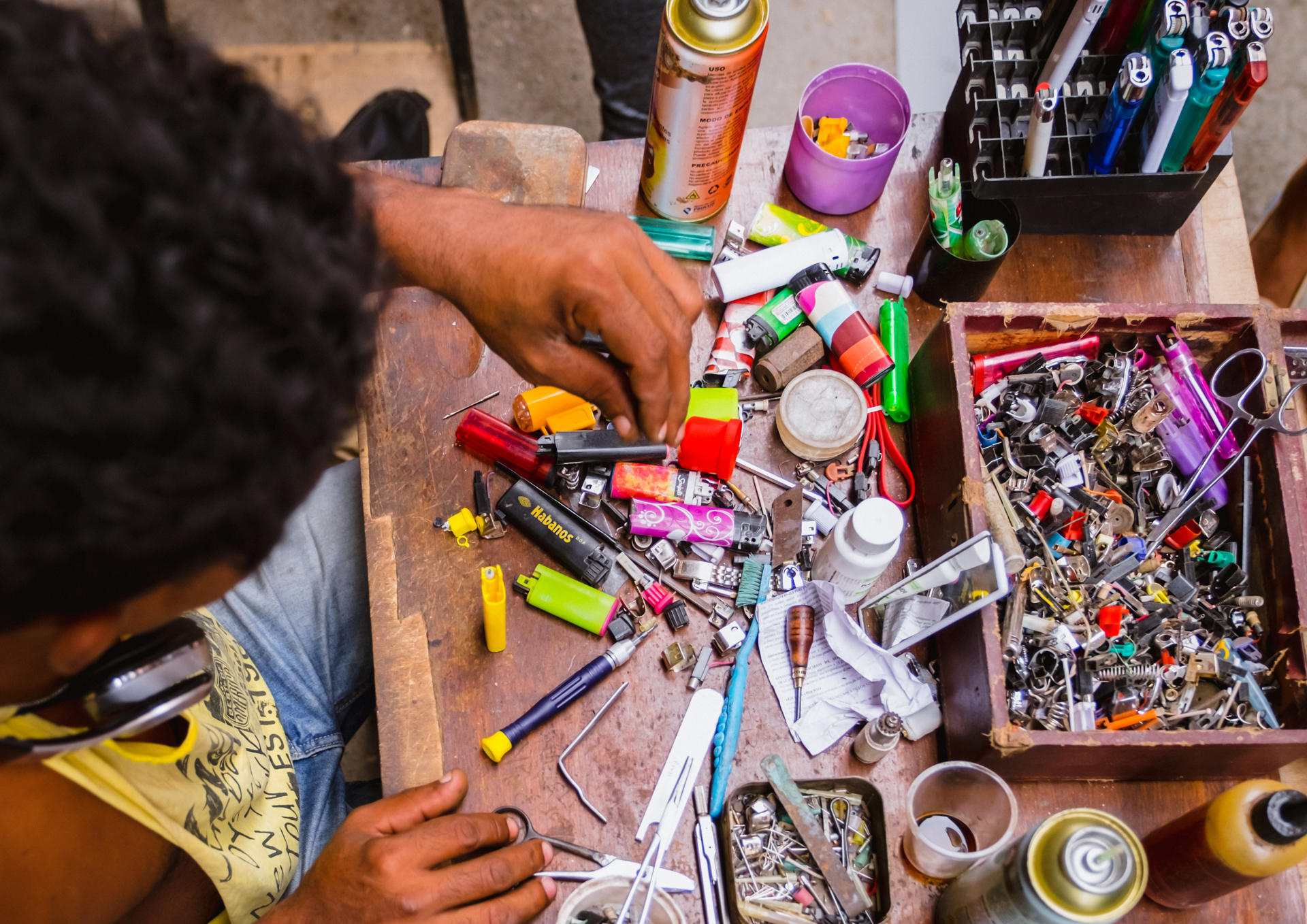
![[stories1_8]](https://unbroken.solutions/wp-content/uploads/2022/03/stories1_8.jpg)
![[stories1_9]](https://unbroken.solutions/wp-content/uploads/2022/03/stories1_9.jpg)
![[stories1_5]](https://unbroken.solutions/wp-content/uploads/2022/03/stories1_5.jpg)
![[stories1_6]](https://unbroken.solutions/wp-content/uploads/2022/03/stories1_6.jpg)
![[stories1_7]](https://unbroken.solutions/wp-content/uploads/2022/03/stories1_7.jpg)
